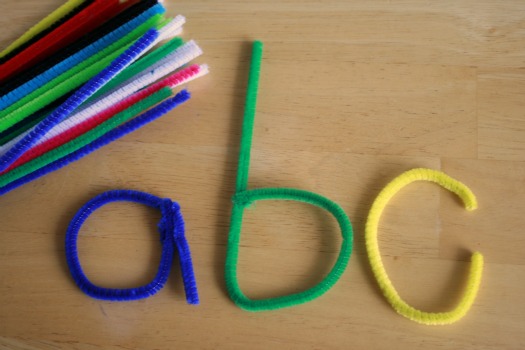Now
that we have covered prey adaptations, let us discuss predator adaptations. If
prey adapt to avoid being captured, then the predator must adapt as well in
order to gain energy through food. As discussed in the previous blog,
adaptations must be heritable and increase the organism’s fitness. In the
following experiment, we will be discussing the adaptation of beak lengths of
birds.
In
a fictional land called “Clipland,” there are three different beak lengths
demonstrated by binder clips, a large, medium, and small. Beaks are randomly
assigned to students and each student is given a cup as a stomach. The group
will be split in two to represent “West Clipland” and “East Clipland.”
Prearranged food bags will be given out to the two sides in rounds as shown in
the table below:
|
|
2nd
Season
|
3rd
Season
|
4th
Season
|
|
East
Clipland
|
4
handfuls popcorn seeds
½
lb lima beans
50
marbles
|
1
handful popcorn
20
lima beans
50
marbles
|
100
marbles
|
|
West
Clipland
|
4
handfuls popcorn
½
lb lima beans
50
marbles
|
6
handfuls popcorn
20
lima beans
5
marbles
|
8
handful popcorn
|
|
|
|
|
|
Each group starts at
season two at separate areas. They are given 15 seconds to pick up as many
items as they can only with the binder clips and place them in their stomach.
Each item is given a different point worth and each beak size is assigned a
goal of points in order to survive. Double the assigned points to survive for a
reproduction point goal. At the end of the round, all those who reached their
survival goal will move on to the next round and any who failed to reach the
goal will become a spectator. If any of the survivors obtained enough point to
reproduce, a spectator may rejoin as its offspring with the same beak length as
its parent. After the survivors and offspring have been tallied, they will
empty their stomachs in the original bag to clean up the “feeding” space and
spread out season two’s feed bag. Repeat this process for season three and
four. After season four, clean up all the materials and tally the results of “East
Clipland” and “West Clipland.” The first season is the original population of
each beak length before the beginning of season two. My personal demonstration
resulted as follows:
West Clipland
|
|
1st Season
|
2nd Season
|
3rd Season
|
4th Season
|
|
Bigbill
|
2
|
0
|
0
|
0
|
|
Mediumbill
|
3
|
3
|
1
|
1
|
|
Smallbill
|
2
|
2
|
1
|
0
|
East Clipland
|
|
1st Season
|
2nd Season
|
3rd Season
|
4th Season
|
|
Bigbill
|
4
|
2
|
2
|
3
|
|
Mediumbill
|
3
|
0
|
0
|
0
|
|
Smallbill
|
3
|
2
|
2
|
0
|
As shown in the table
above, the fitness of the organisms fluctuates with the size of food available.
When marbles were most prominent, bigbill binder clips were favored. When
popcorn was the prominent food source, the smallbill binder clips were favored.
These results show the short term natural selection. Intraspecies competition
is apparent as the different sized beaks as some beak lengths were ultimately
eliminated. For this purpose, Clipland is an excellent example of predator
adaptations in contrast to prey adaptation.
Credit to Al Janulaw and
Judy Scotchmoor


